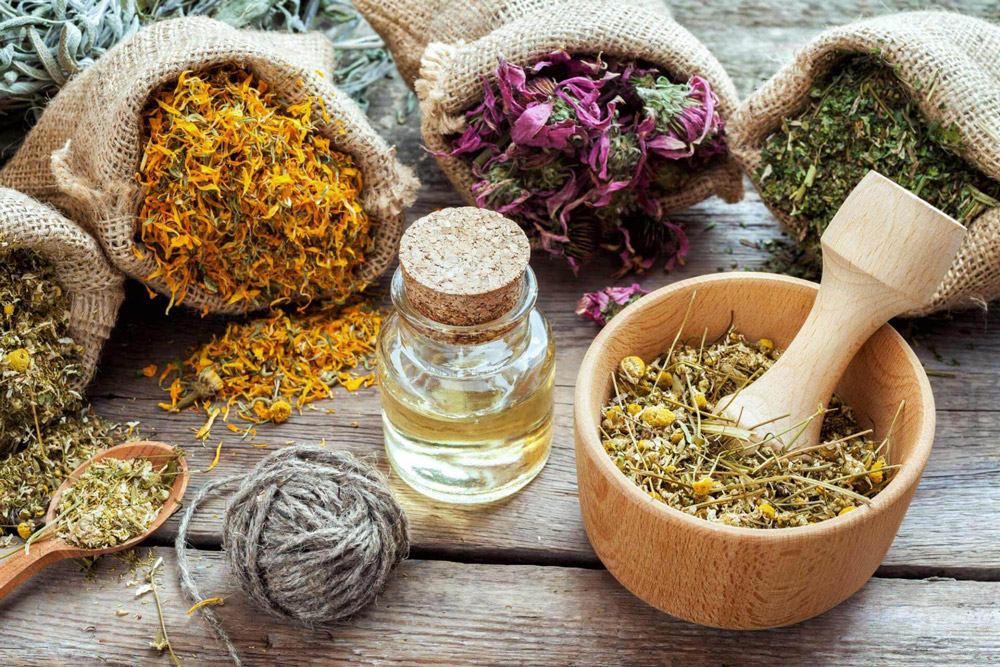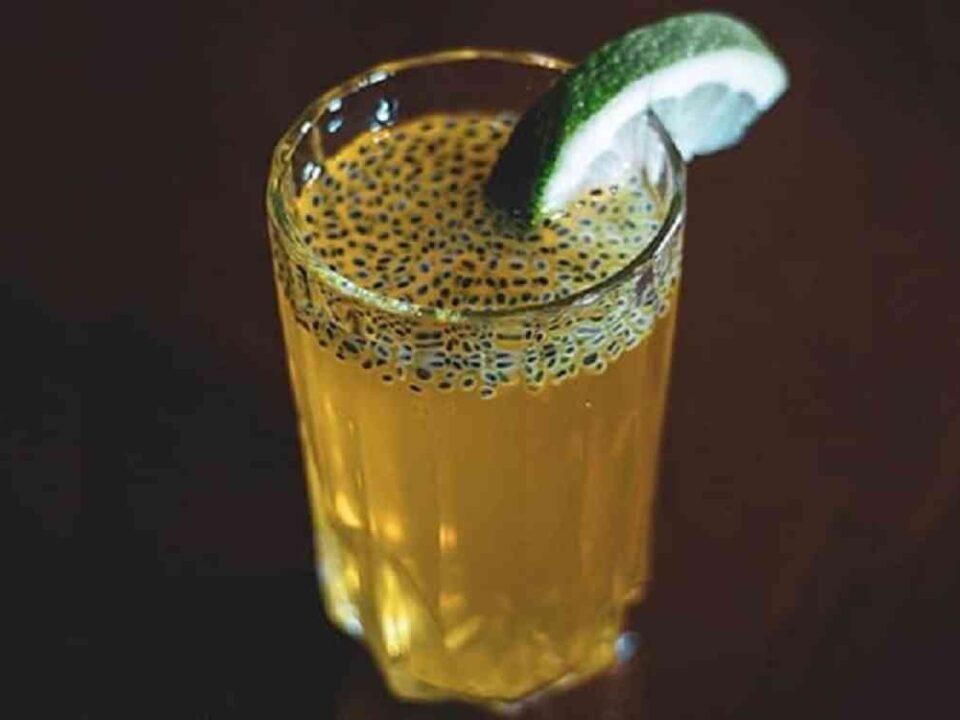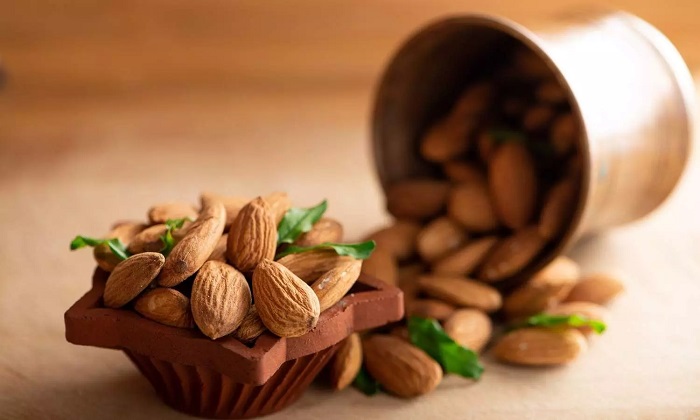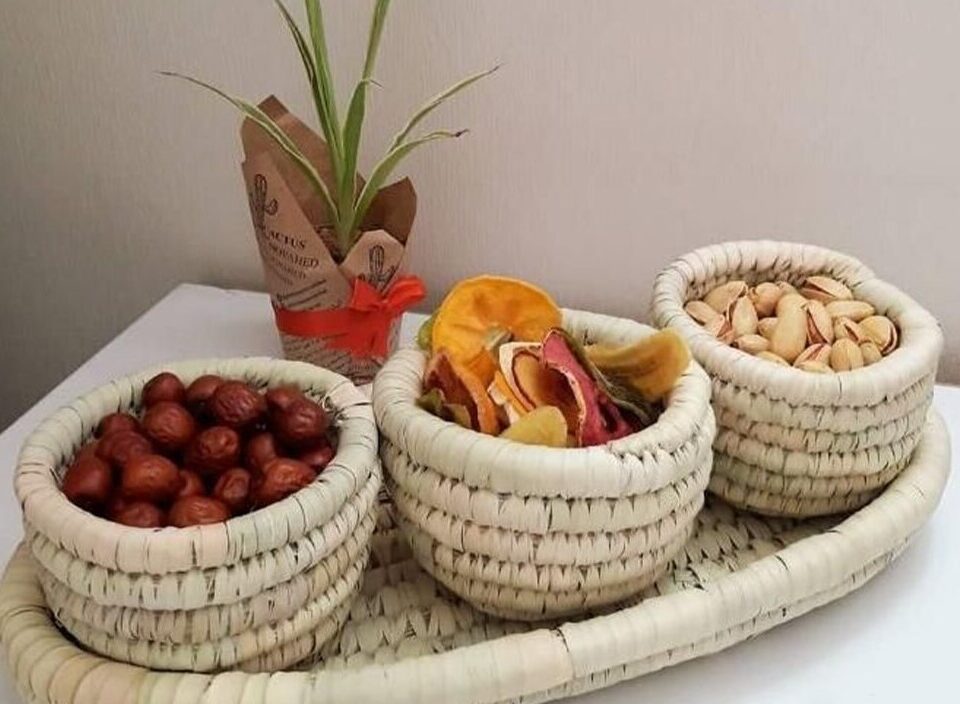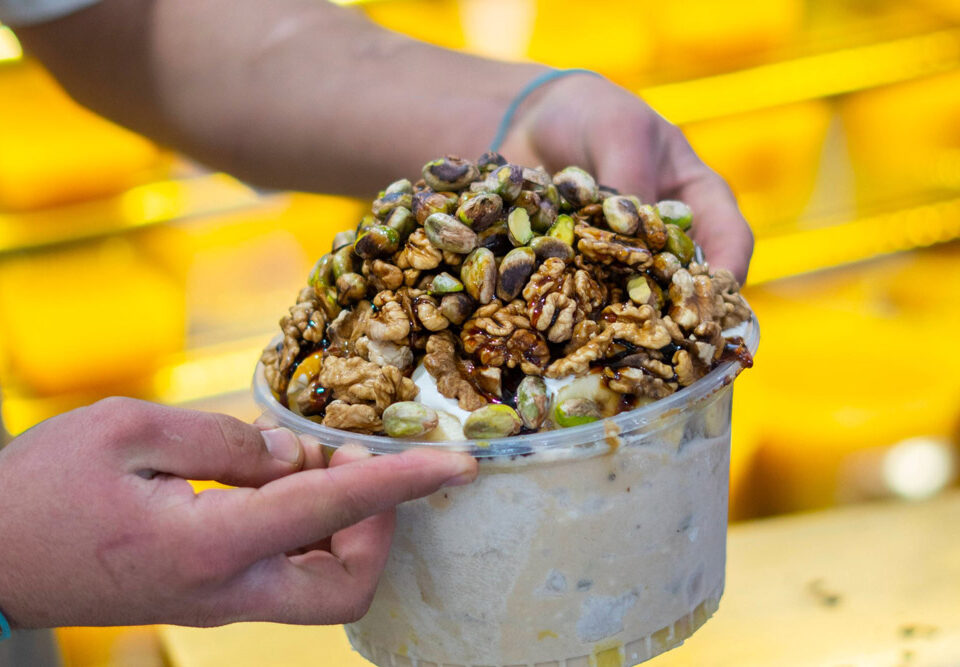
Why Iran’s Climate Is Perfect for Growing Premium Nuts
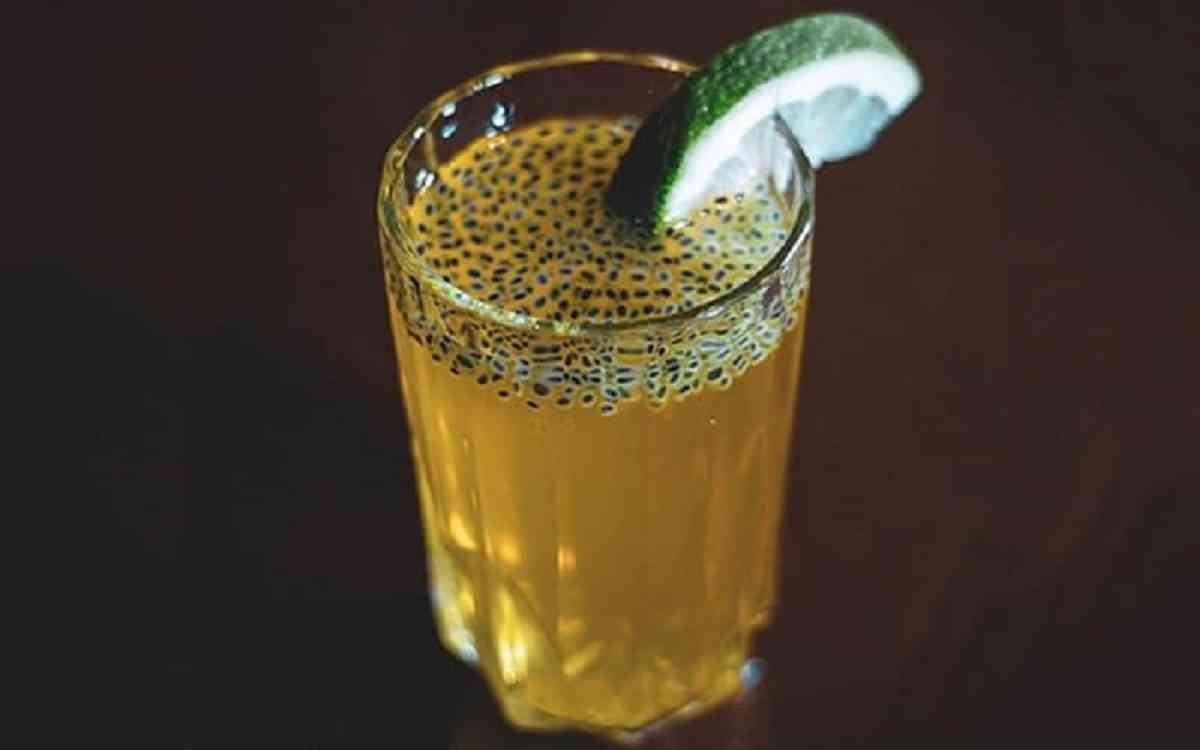
Exploring Traditional Iranian Dried Fruit Drinks
Anti-Inflammatory Properties of Key Spices
Iranian cuisine is rich in spices that not only enhance flavor but also offer powerful anti-inflammatory benefits. Chronic inflammation is linked to various health conditions, including heart disease, arthritis, diabetes, and autoimmune disorders. Fortunately, many traditional Iranian spices contain bioactive compounds that can help reduce inflammation and support overall health. These spices have been used in Persian medicine for centuries due to their healing properties.
Here’s a look at some of the most popular Iranian spices that can help reduce inflammation and how they work to benefit the body.
1. Turmeric (Zardchoobeh)
Turmeric is one of the most potent anti-inflammatory spices and is a staple in Iranian cuisine. The active compound in turmeric, curcumin, has been extensively studied for its powerful ability to reduce inflammation.
Anti-Inflammatory Properties:
- Curcumin: This compound inhibits several molecules that play a role in the inflammatory process, including cytokines, enzymes, and NF-kB, which is a protein complex that controls the inflammatory response.
- Antioxidant: Turmeric also has antioxidant properties that help neutralize free radicals, reducing oxidative stress and further decreasing inflammation.
How to Use:
- Joojeh Kebab: Turmeric is often used in marinades for grilled chicken kebabs, providing both flavor and anti-inflammatory benefits.
- Soups and Stews: Add turmeric to soups like Ash Reshteh (a Persian noodle soup) for a warming, anti-inflammatory boost.
Tip:
- To increase the bioavailability of curcumin, combine turmeric with black pepper (which contains piperine) and a source of fat, such as olive oil or yogurt.

Turmeric Tea
2. Saffron (Zafaran)
Saffron, one of the most luxurious and prized spices in the world, is also known for its anti-inflammatory properties. Saffron has been used in Persian medicine for centuries to treat inflammation and pain.
Anti-Inflammatory Properties:
- Crocin and Crocetin: These carotenoid compounds found in saffron have been shown to reduce markers of inflammation, including IL-1 and TNF-alpha, which are key contributors to inflammatory diseases.
- Antioxidant Effect: Saffron’s antioxidants help reduce oxidative stress, which plays a significant role in chronic inflammation and related conditions.
How to Use:
- Saffron Rice: Infuse saffron in warm water and add it to Persian rice dishes like Tahdig or Shirin Polo for both flavor and anti-inflammatory benefits.
- Tea: Saffron can also be steeped in hot water to make a soothing tea that may help reduce inflammation.
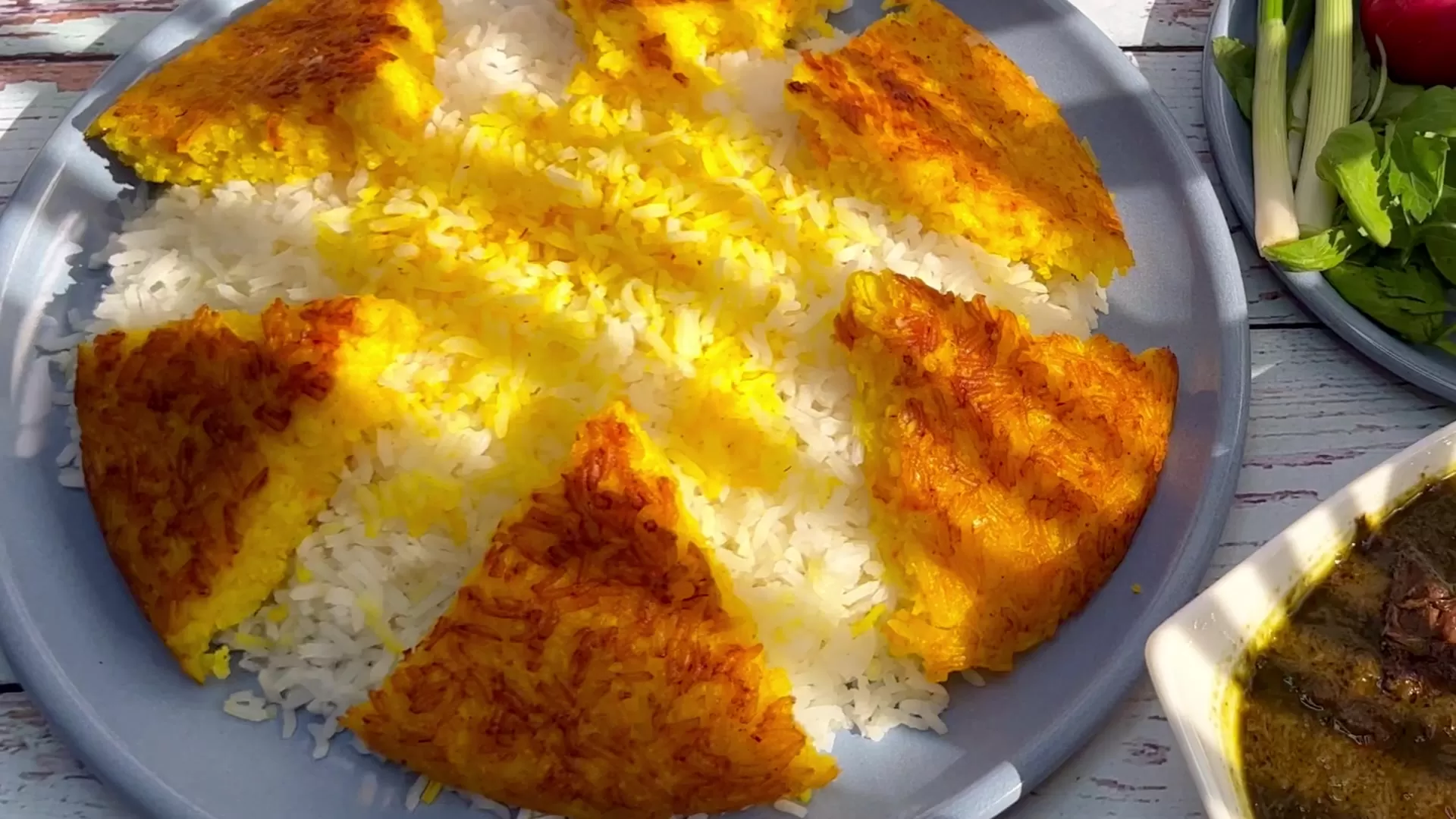
Saffron Rice (Chelo)
3. Ginger (Zanjabil)
Ginger is a common spice in both Iranian and global cuisine, celebrated for its anti-inflammatory and immune-boosting properties. It is frequently used in Iranian dishes for both flavor and medicinal benefits.
Anti-Inflammatory Properties:
- Gingerol: The active compound in ginger, gingerol, has been shown to inhibit the production of pro-inflammatory cytokines and enzymes like COX-2, reducing inflammation in the body.
- Pain Relief: Ginger’s anti-inflammatory effects are particularly useful for reducing joint pain and muscle soreness, especially in conditions like arthritis.
How to Use:
- Herbal Tea: Add fresh ginger slices to boiling water with a touch of honey for a warming, anti-inflammatory tea.
- Stews and Soups: Incorporate ginger into stews like Khoresh for added flavor and anti-inflammatory benefits.
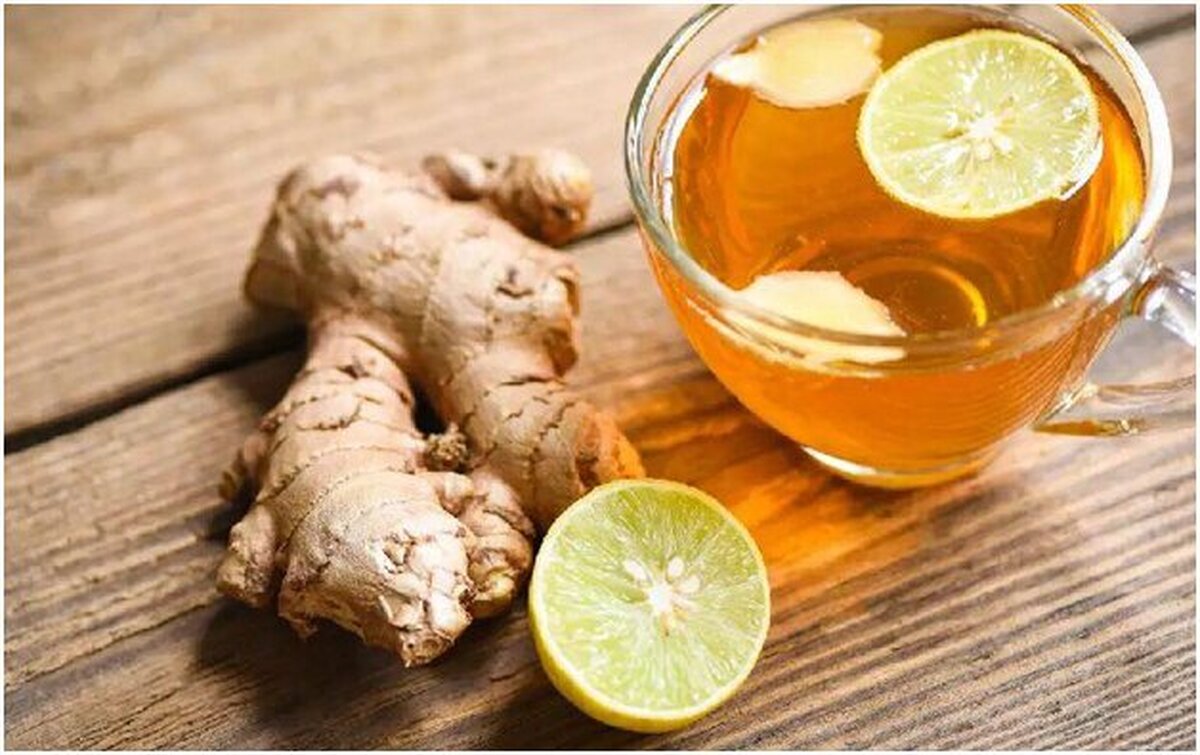
Ginger Tea
4. Cinnamon (Darchin)
Cinnamon is another popular Iranian spice with potent anti-inflammatory properties. It’s commonly used in both sweet and savory dishes, and its health benefits extend beyond flavor.
Anti-Inflammatory Properties:
- Cinnamaldehyde: This compound found in cinnamon is known to reduce the production of pro-inflammatory molecules, such as nitric oxide and NF-kB, which are involved in chronic inflammation.
- Blood Sugar Control: Cinnamon helps regulate blood sugar levels, which can reduce inflammation caused by insulin resistance.
How to Use:
- Stews and Tagines: Cinnamon is often used in Persian stews like Fesenjan, where it adds warmth and helps reduce inflammation.
- Tea: Cinnamon sticks can be steeped in hot water to create a warming, anti-inflammatory tea.
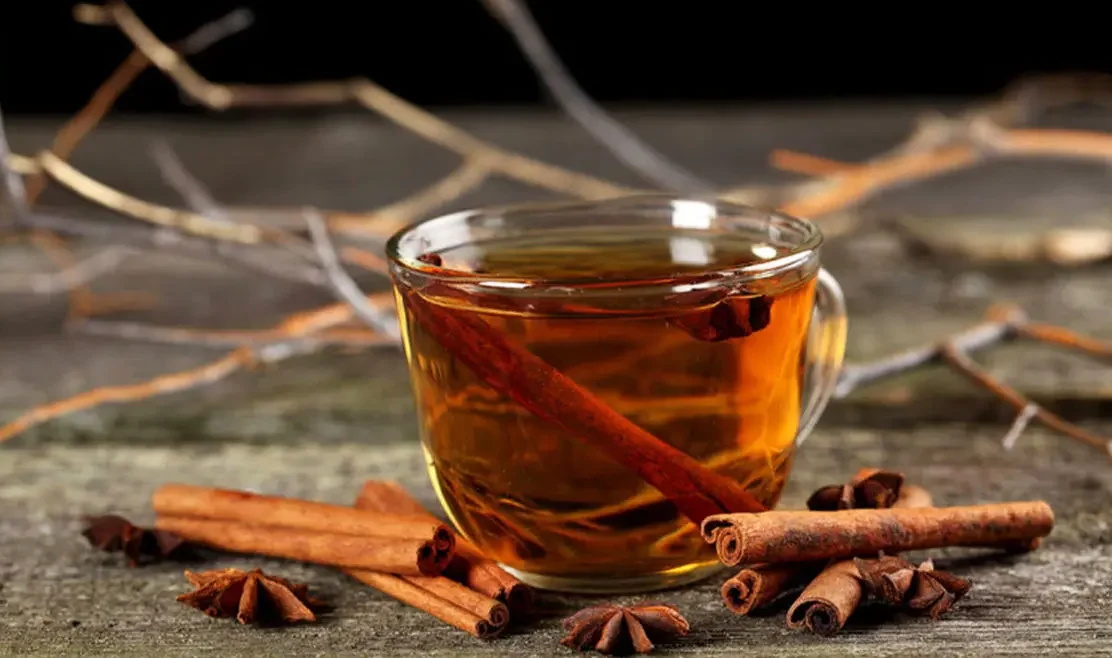
Cinnamon Tea
5. Sumac (Somagh)
Sumac is a tangy spice commonly used in Iranian cuisine to add brightness to dishes like kebabs and rice. In addition to its unique flavor, sumac is known for its anti-inflammatory properties, largely due to its high content of antioxidants.
Anti-Inflammatory Properties:
- Flavonoids and Polyphenols: Sumac is rich in these compounds, which help neutralize free radicals and reduce inflammation.
- Anti-Arthritic: Research suggests that sumac can help alleviate symptoms of arthritis by reducing oxidative stress and inflammation in the joints.
How to Use:
- Kebabs and Grilled Meats: Sprinkle sumac over grilled meats like Koobideh Kebab or Joojeh Kebab for a tangy, anti-inflammatory boost.
- Salads: Use sumac as a topping for salads, such as Shirazi Salad, to add both flavor and health benefits.
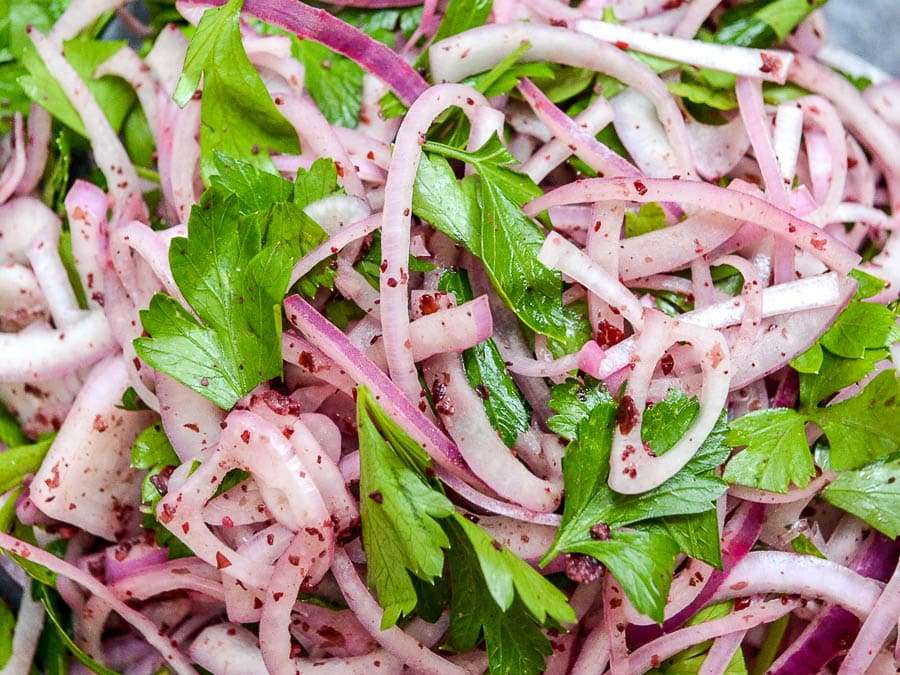
Sumac and Herb Salad (Salad-e Sabzi)
6. Cumin (Zireh)
Cumin is a versatile spice used in many Iranian dishes, from rice to stews. It is not only valued for its earthy flavor but also for its anti-inflammatory and antioxidant properties.
Anti-Inflammatory Properties:
- Thymoquinone: This compound found in cumin seeds has been shown to reduce inflammation by inhibiting inflammatory cytokines and enzymes like COX-2.
- Immune Support: Cumin’s anti-inflammatory properties also help support the immune system, reducing the risk of infections and inflammation-driven diseases.
How to Use:
- Rice and Kebabs: Add cumin to Persian rice dishes like Sabzi Polo or kebab marinades to boost the anti-inflammatory potential of your meal.
- Stews and Soups: Cumin is also commonly used in traditional Persian stews and soups, such as Abgoosht, for added flavor and health benefits.
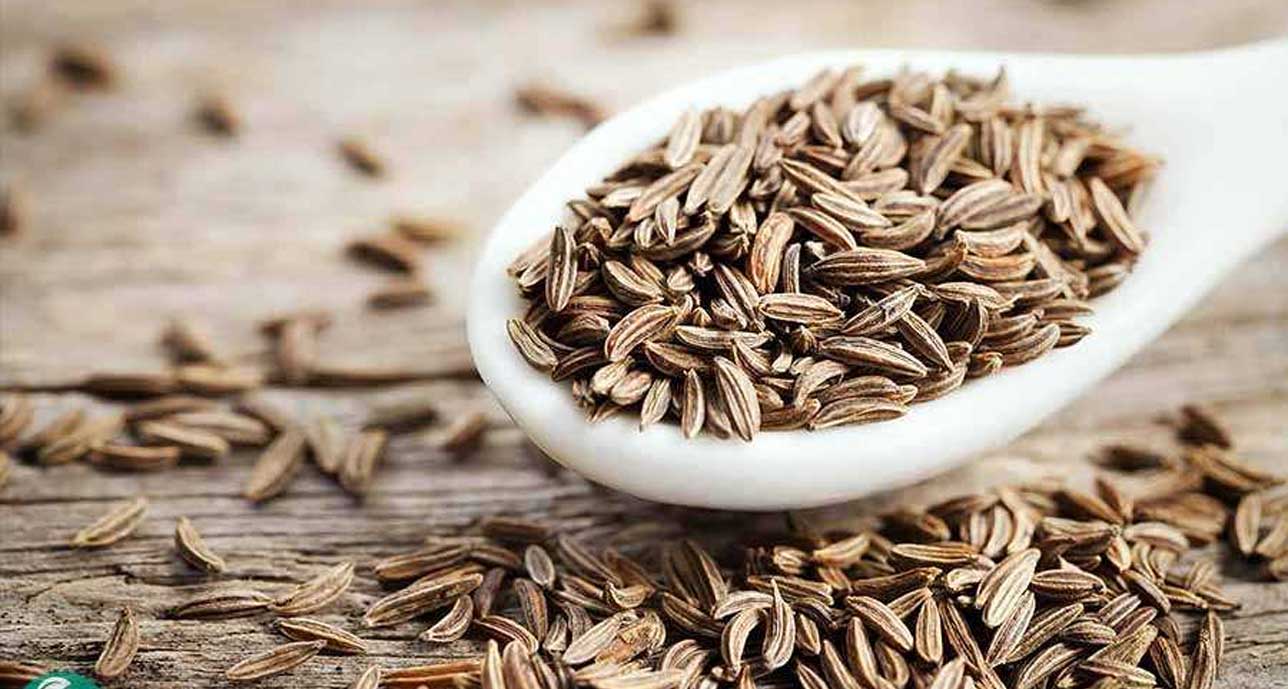
Persian Cumin (Zireh)
7. Black Pepper (Felfel Siah)
Black pepper may seem like a simple spice, but it has significant anti-inflammatory benefits, particularly when combined with other spices like turmeric. Black pepper contains piperine, a compound that enhances the absorption of other anti-inflammatory compounds, such as curcumin in turmeric.
Anti-Inflammatory Properties:
- Piperine: This active compound has been shown to reduce inflammation and pain, particularly in conditions like arthritis. Piperine also boosts the bioavailability of other anti-inflammatory compounds, making it a powerful addition to spice blends.
- Antioxidant Support: Black pepper also has antioxidant properties that reduce oxidative stress and inflammation throughout the body.
How to Use:
- Spice Blends: Add black pepper to spice blends like advieh or use it in marinades for grilled meats and vegetables.
- Pair with Turmeric: Combine black pepper with turmeric in stews, soups, or teas to maximize the anti-inflammatory benefits.

Black Pepper (Felfel Siah)
8. Cardamom (Hel)
Cardamom is a fragrant spice used in both sweet and savory Iranian dishes. It has been traditionally used in Persian medicine to treat digestive issues and inflammation.
Anti-Inflammatory Properties:
- Anti-Inflammatory Effects: Cardamom has been shown to reduce inflammation by inhibiting the production of pro-inflammatory cytokines and reducing oxidative stress.
- Digestive Health: Cardamom’s anti-inflammatory properties also help soothe digestive inflammation, particularly in conditions like gastritis and IBS.
How to Use:
- Stews and Rice Dishes: Add cardamom to rice dishes like Shirin Polo or stews like Khoresh Bademjan to enjoy its flavor and anti-inflammatory effects.
- Tea: Cardamom pods can be brewed in tea for a fragrant, anti-inflammatory drink that supports digestion and overall health.
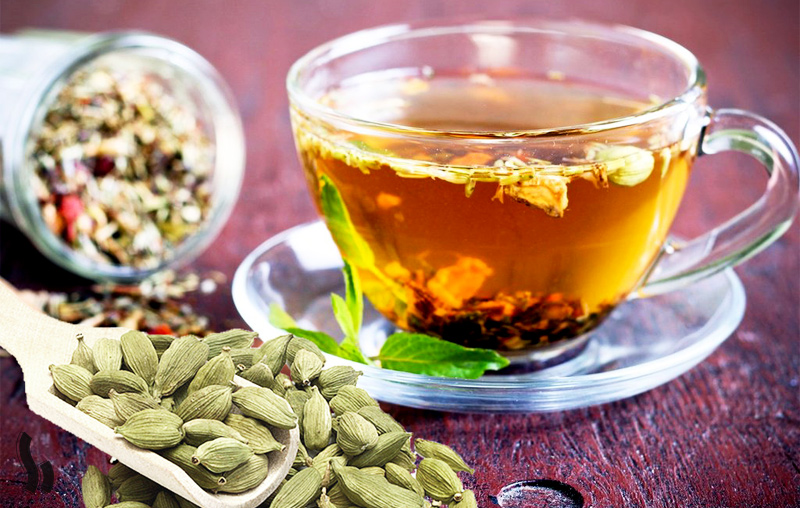
Cardamom Tea
Conclusion
The anti-inflammatory properties of Iranian spices like turmeric, saffron, ginger, sumac, and cinnamon can play a significant role in reducing chronic inflammation and improving overall health. These spices have been used for centuries in Persian medicine and continue to be a valuable part of a healthy diet. Incorporating these spices into your meals not only enhances the flavor but also provides powerful health benefits, helping to protect against inflammation-related conditions like heart disease, arthritis, and diabetes. By adding these traditional Iranian spices to your cooking, you can enjoy delicious, aromatic dishes while supporting your body’s fight against inflammation.

